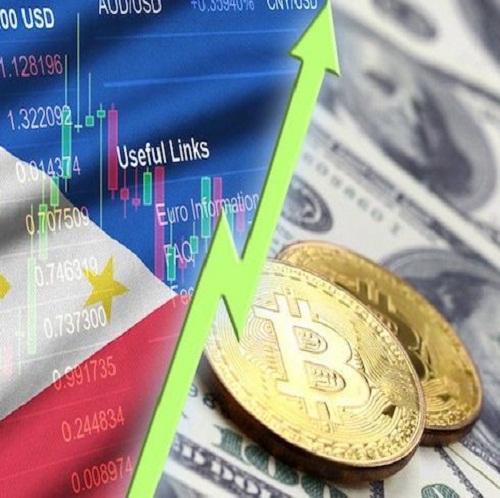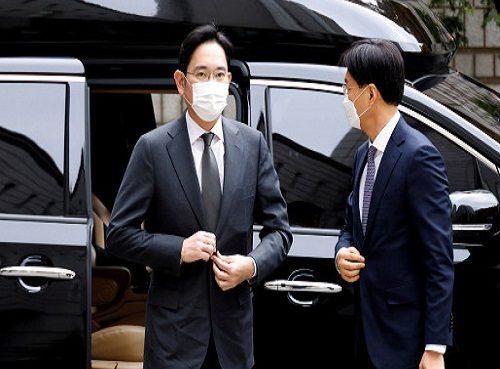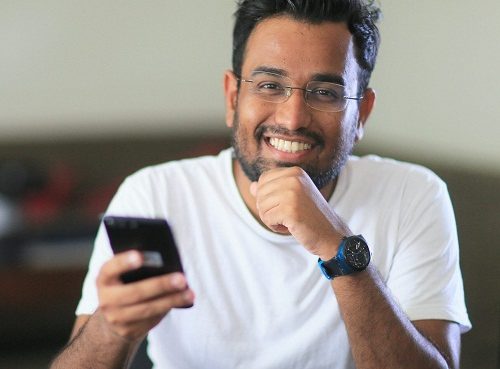It’s important to note that the pandemic wasn’t the only driver of crypto adoption in the Philippines—hundreds of Filipinos have been investing and trading in virtual currencies since the early years of crypto
When the COVID-19 pandemic hit the Philippines, the economy became vulnerable, and millions of Filipinos were put out of work. With mobility restrictions putting physical transactions on hold, digital solutions swept in to save the day.
The need to digitise everything became the catalyst for cashless transactions and, eventually, the rapid rise of crypto adoption. This is a massive development, considering that cash is still king in the Philippines, and around 70 per cent of the population remains unbanked and underserved.
But digital solutions still triumphed amidst the pandemic, especially those that were accessible via mobile phones because around 79 million Filipinos relied on their smartphones for their day-to-day activities.
Play-to-earn games like Axie Infinity and accessible mobile apps like Coins.ph enabled Filipinos to dabble into crypto to earn extra income amidst the pandemic. MetaMask, the non-custodial crypto wallet primarily used by Axie Infinity players, reported that its monthly active users over the past year grew by 1,800 per cent, with around 2 million users coming from the Philippines alone.
As of October 2021, the Philippines currently ranks 15th in Chainalysis’ global cryptocurrency adoption list. It won’t be long for the country to rise in rank as crypto adoption continues to grow.
It’s important to note that the pandemic wasn’t the only driver of crypto adoption in the Philippines—hundreds of Filipinos have been investing and trading in virtual currencies since the early years of crypto.
Financial institutions and regulatory bodies have also been studying the benefits that decentralised solutions bring to the financial sector and gradually integrating them into their operations over the years.
Let’s take a deeper look into how blockchain and crypto adoption evolved in the Philippines.
Crypto milestones in the Philippines
Investing in virtual currencies was undoubtedly difficult in the early years of crypto. Early crypto adopters in the Philippines shared that they had to buy and sell crypto using foreign crypto exchanges such as Mt. Gox and Bitstamp and claim free Bitcoins through faucet websites.
It wasn’t until Coins.ph entered the scene in 2014, providing new vehicles for Filipinos to make everyday financial transactions such as payments, remittances, and online shopping using crypto.
It also allows Filipinos to quickly make cross-border payments, which are often challenging to accomplish traditionally due to tax implications, complicated processes, and high fees.
Fintech company Satoshi Citadel Industries (SCI) also forged its ground within the same year to build the blockchain ecosystem in the Philippines.
Upon seeing the growth of crypto adoption in the Philippines, the Bangko Sentral ng Pilipinas (BSP) issued an advisory informing Filipinos of the features, benefits, and attendant risks when dealing with VCs.
Crypto adoption in the country increased over the years, albeit slow as crypto was still considered a risky investment and existing regulations did not cover virtual currencies.
By 2017, Bitcoin quickly rose in popularity when its value intensely increased from US$1,000 to over US$19,000 within a few months.
The BSP at the time began to require crypto exchanges to register with them as remittance and transfer companies and put adequate safeguards to address the risks associated with crypto.
Many local financial institutions made more mainstream crypto solutions for Filipinos in 2019. UnionBank and Coins.ph, for instance, rolled out the first crypto ATM in the Philippines to help their customers exchange their virtual currencies for cash and buy and sell crypto on the spot.
The bank also introduced its stablecoin called PHX to help rural banks access remittance and payments under its blockchain-based i2i network.
In the same year, Filipino crypto holders were permitted to sell crypto for cash through all 7-Eleven stores across the Philippines as part of an initiative by crypto investment app Abra and payment processor ECPay.
By 2020, Filipinos can finally access 16 cryptocurrency exchange service providers approved by the BSP, including PDAX, which has been making waves in the crypto scene in the country since 2017.
More than just a provider of crypto trading services, PDAX has also been collaborating with industry leaders further to foster the blockchain and crypto community in the Philippines.
We partnered with UnionBank and the Bureau of the Treasury to launch a blockchain app called Bonds.ph.
The app is designed to allow Filipinos, especially those unbanked, to invest in the government’s new retail treasury bond and help the country raise funds to recover the economy amidst the pandemic. Within its first month, the app was downloaded almost 25,000 times from 85 countries.
Crypto adoption increased even more in 2021 when Axie Infinity rose in popularity, enabling Filipinos to earn crypto just by completing quests in a game. Some players can even earn as much as P25,000 per month just by playing the blockchain game.
As we near the end of 2021, it’s safe to say that crypto will remain in the Philippines, especially as it’s given Filipinos a new way to weather the pandemic.
More importantly, crypto allows Filipinos to enter the formal financial system and build their wealth, which millions have always struggled to achieve over the past few years.
Source: e27










